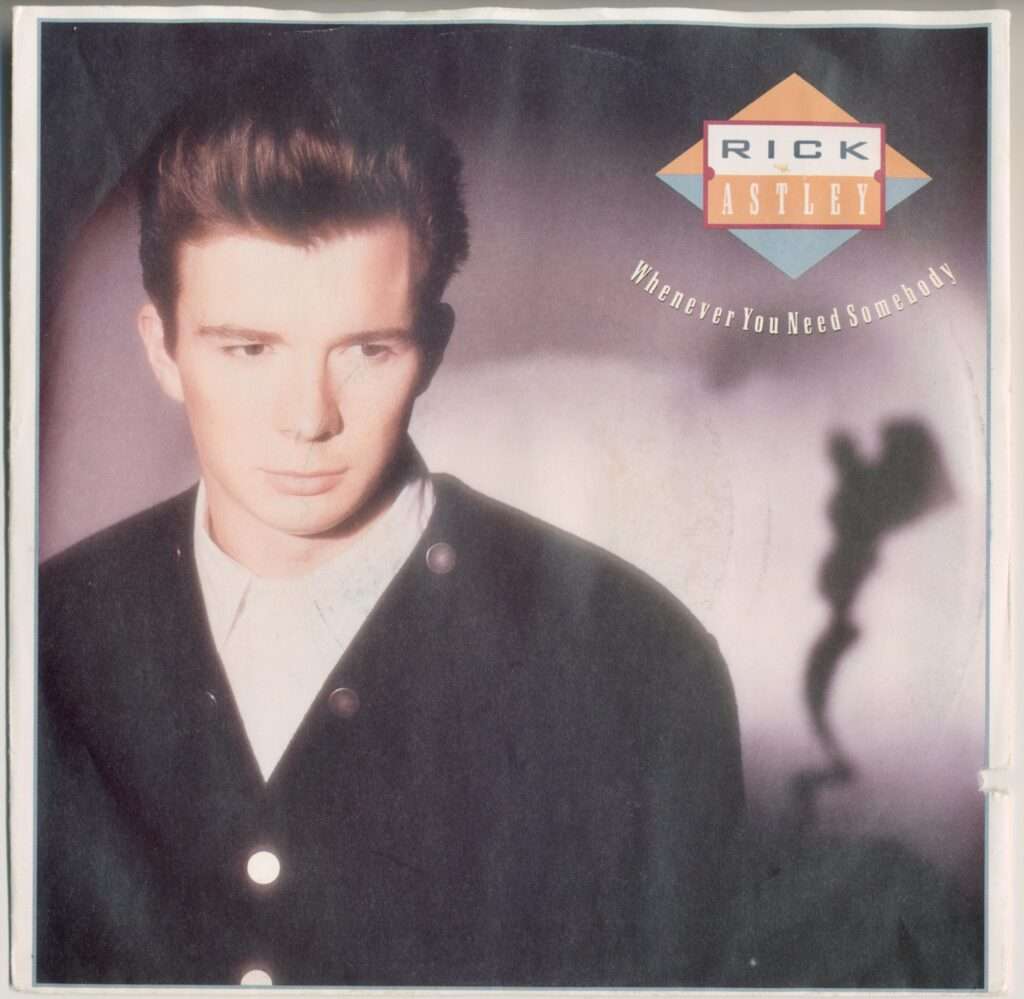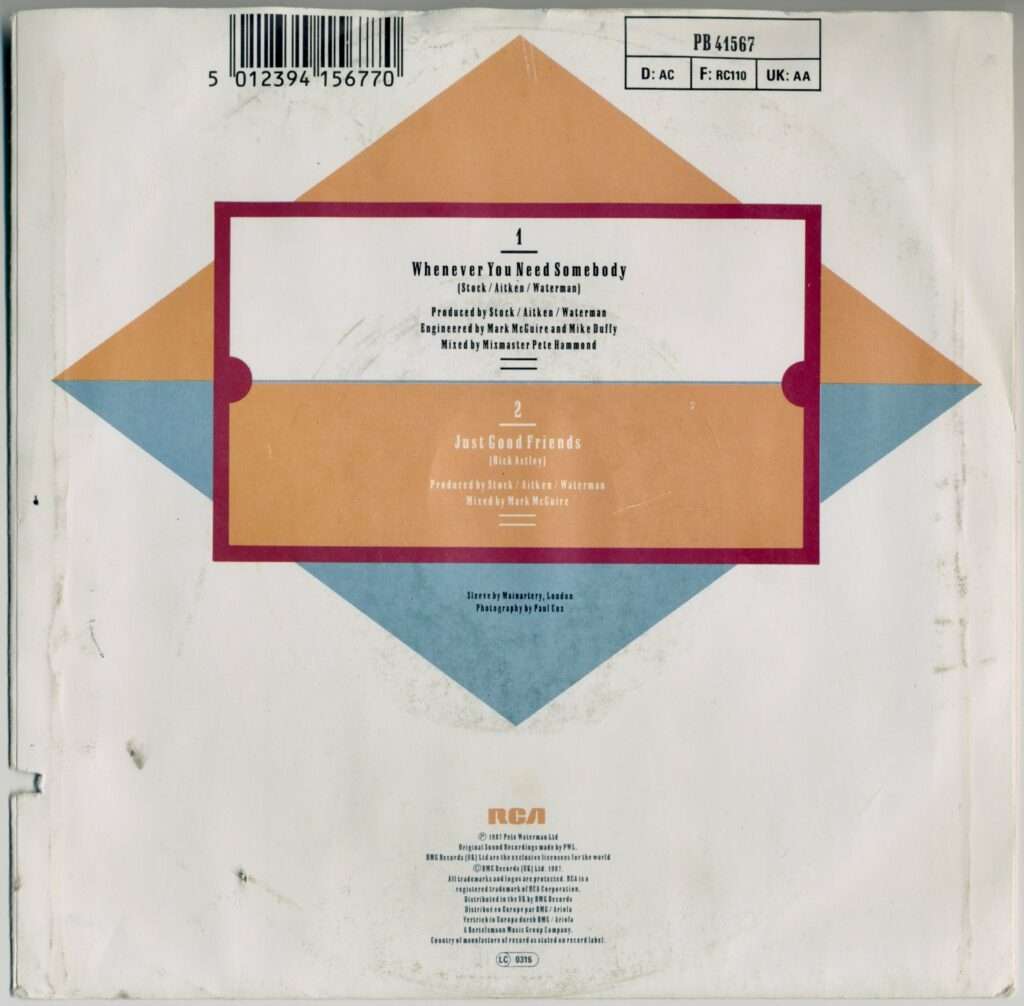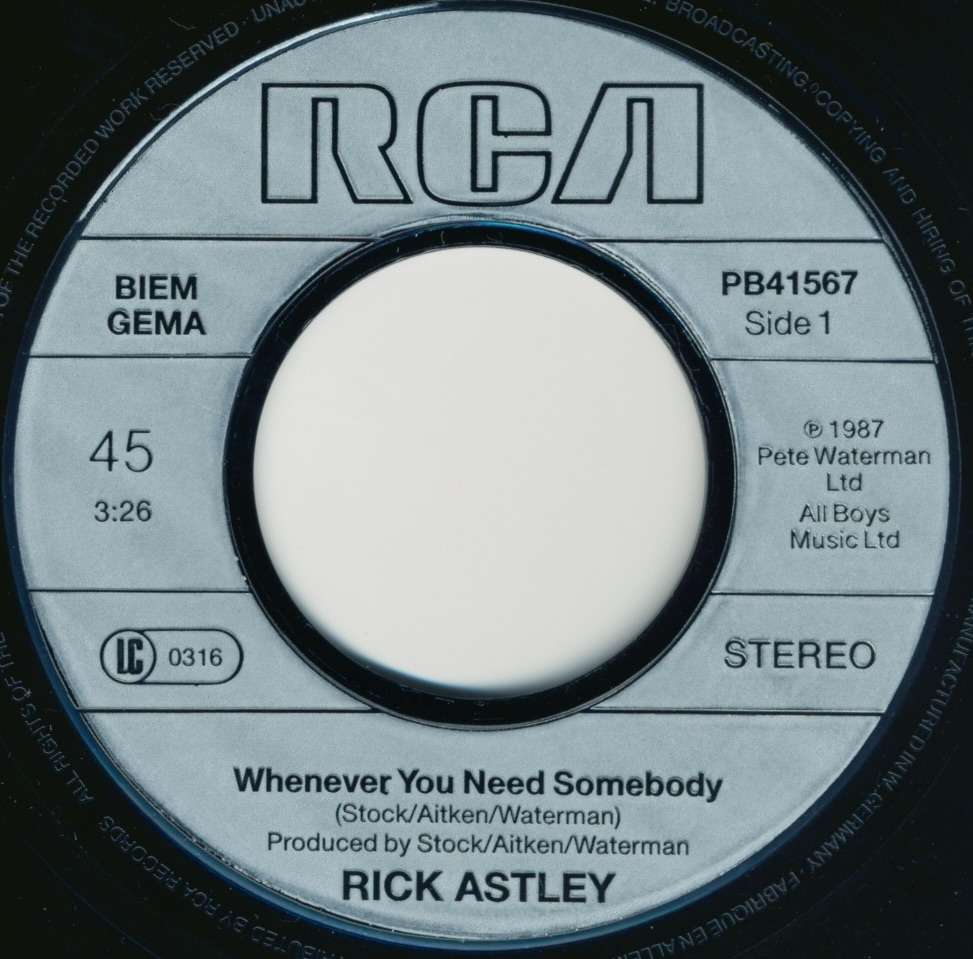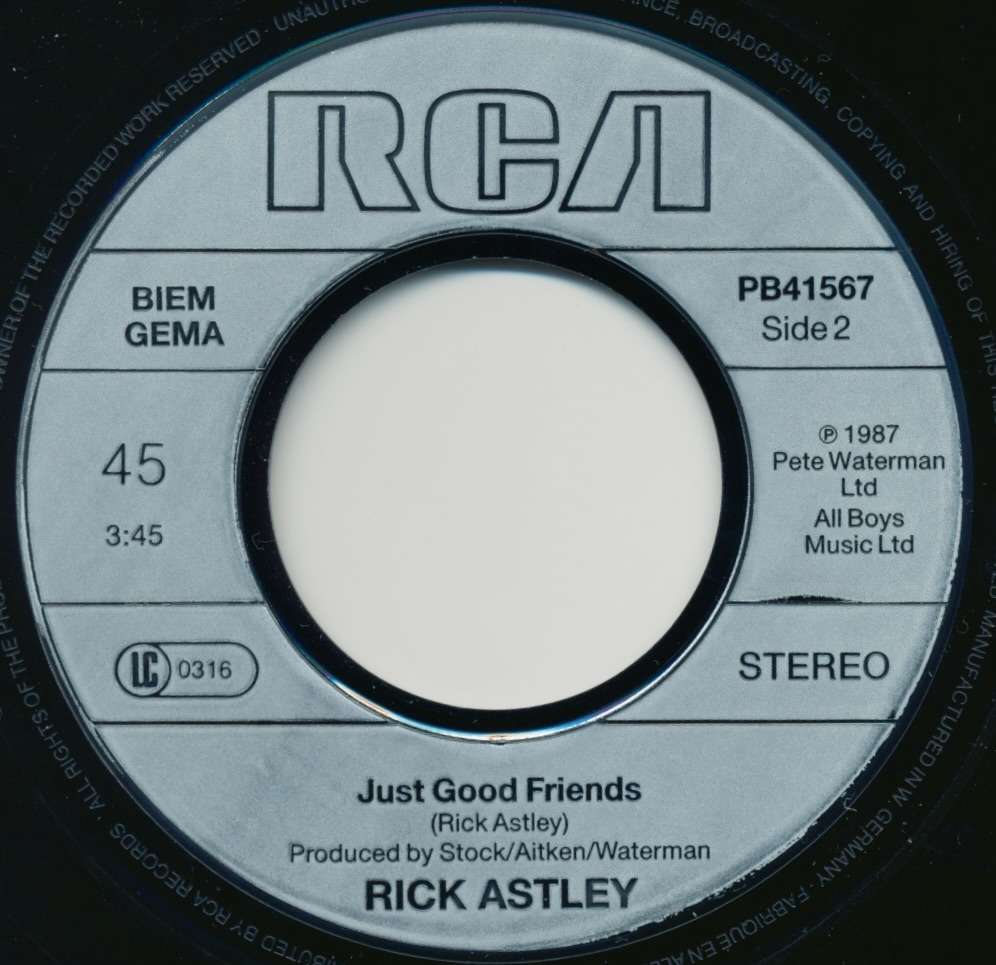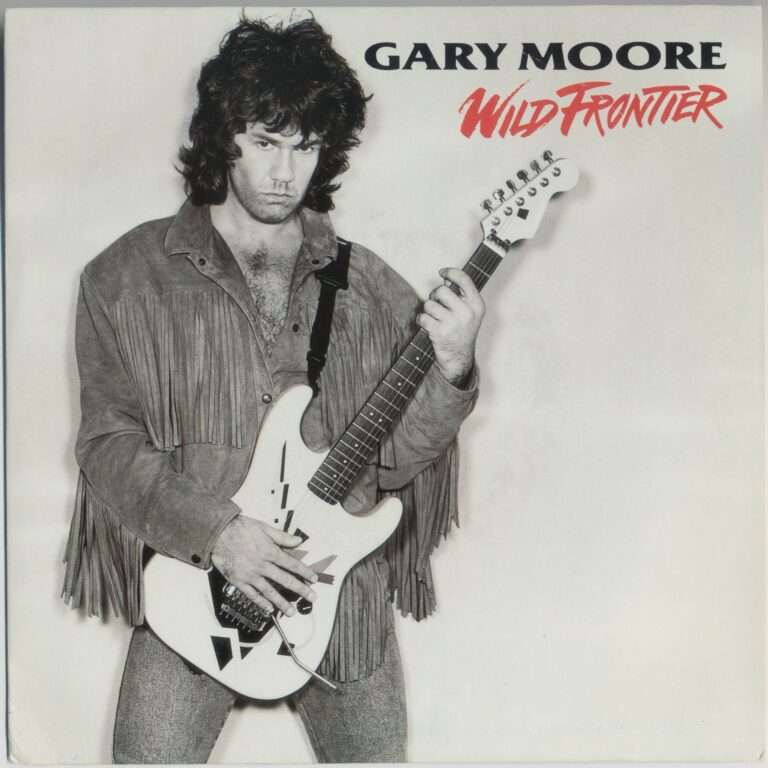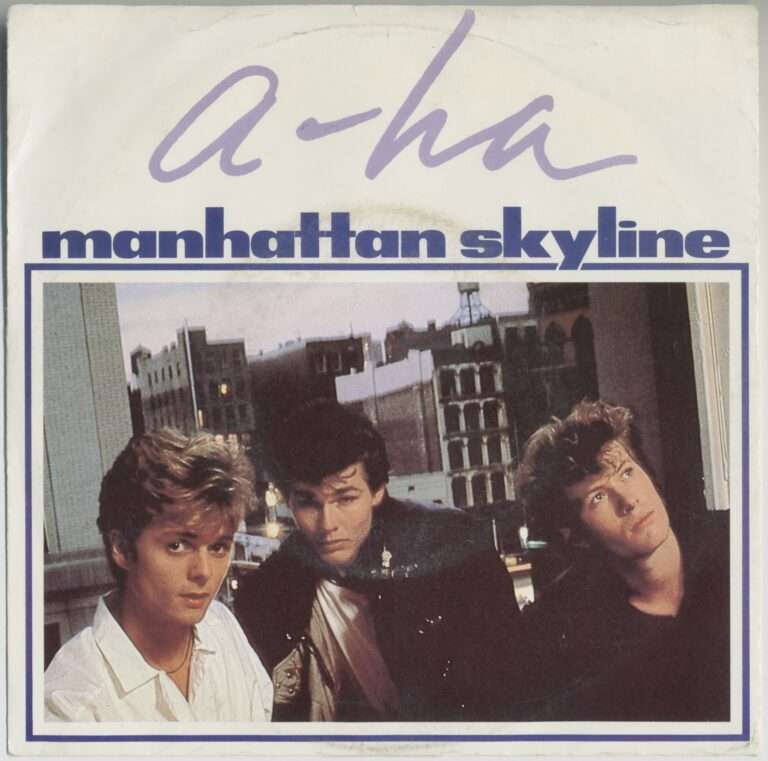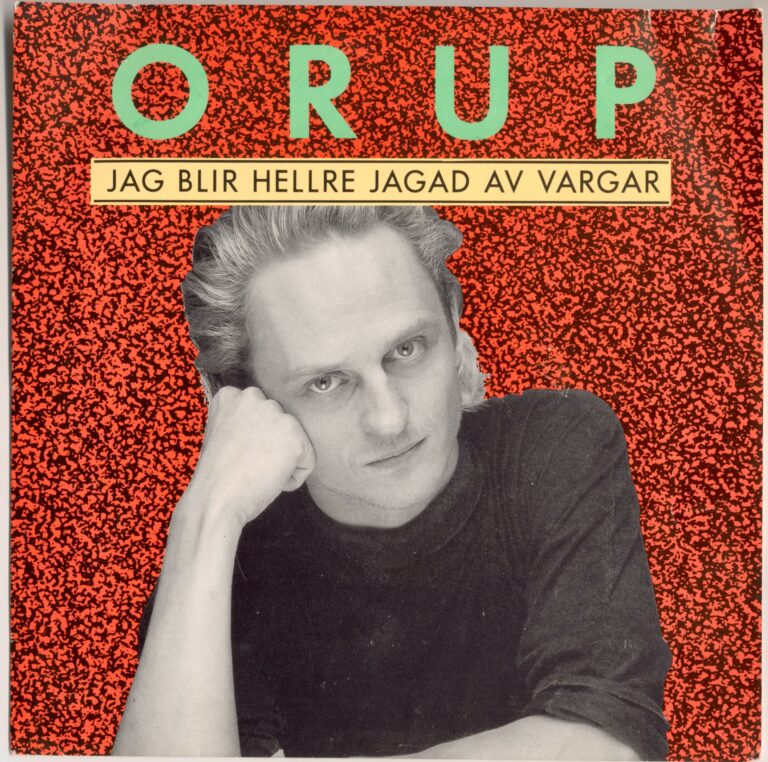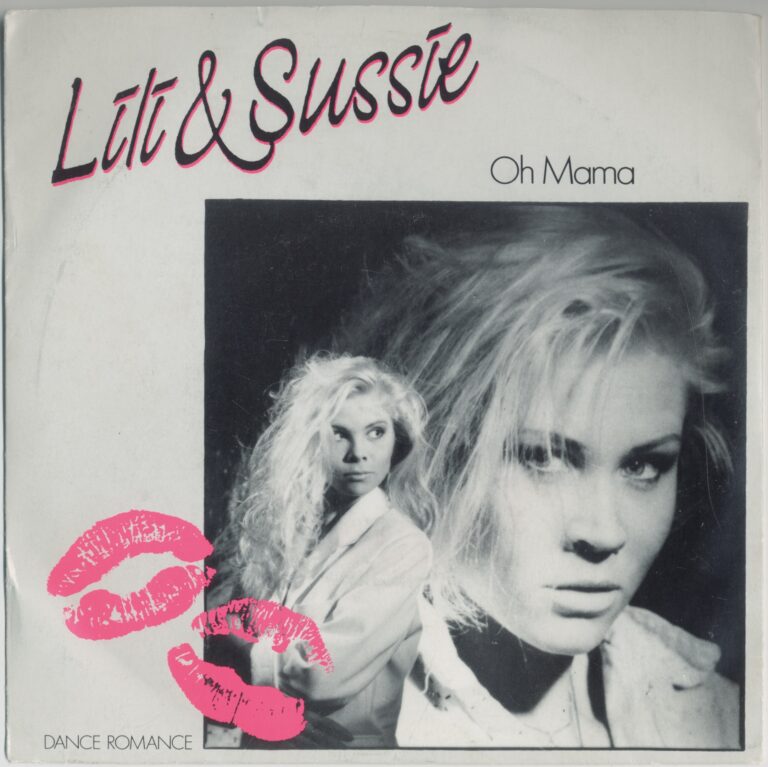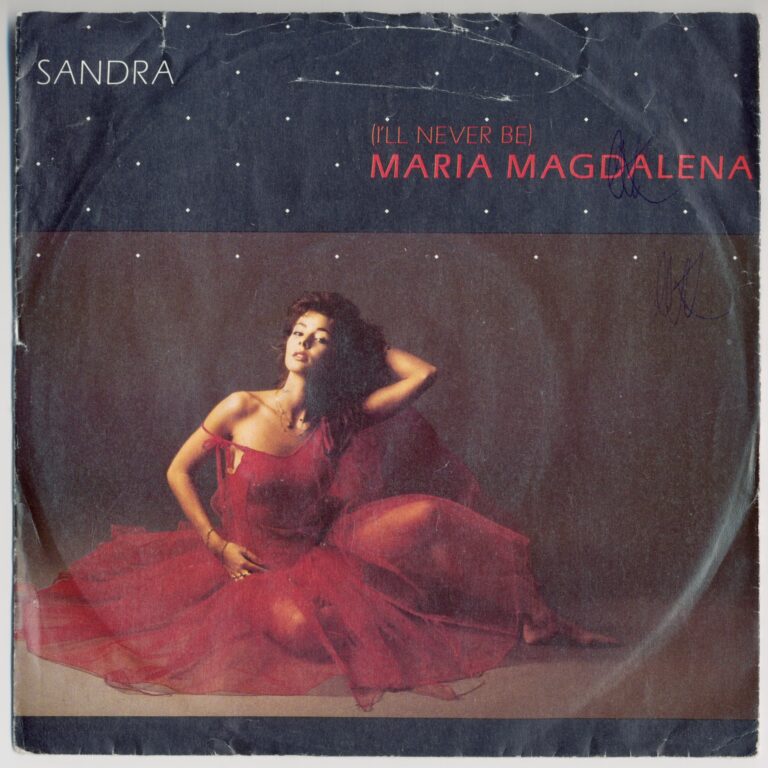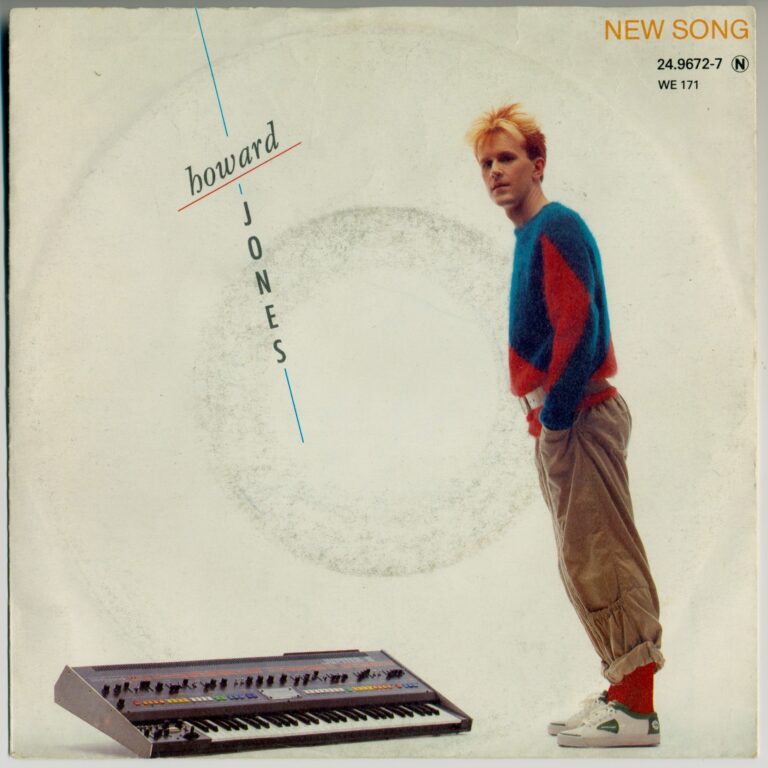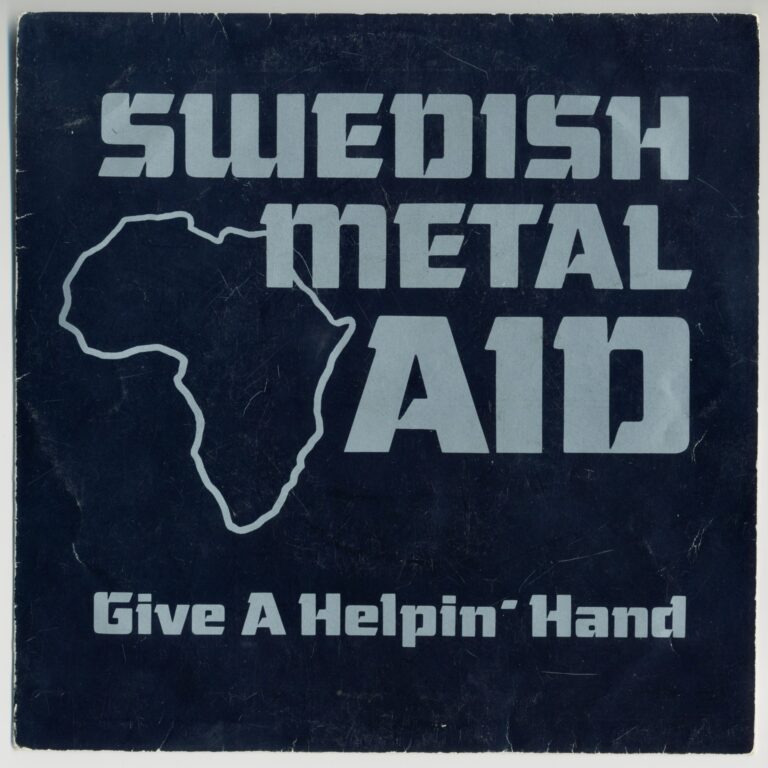The story of Rick Astley‘s “Whenever You Need Somebody” reveals more about the mechanics of the pop music industry than it does about spontaneous artistry. Before he was a star, Rick Astley was a drummer for a local band, his voice waiting for the right moment to be discovered. That moment came when the production powerhouse Stock Aitken Waterman (SAW) took him under their wing. Astley had just exploded onto the scene with his inescapable debut single, “Never Gonna Give You Up.” The pressure was on to produce a worthy follow-up, and the SAW team, known for their efficient, factory-like approach, didn’t leave anything to chance.
Instead of starting from scratch, they looked to their back catalog and pulled out a two-year-old song they had already written and produced for another artist: a British singer named O’Chi Brown. Her version of “Whenever You Need Somebody” had found success on the US dance charts, despite a logistical snafu that kept it from getting widely distributed in stores. This meant the song was already a proven hit, a perfect, low-risk choice to capitalize on Astley’s rising fame. It was a move rooted in commercial savvy rather than a singular artistic vision, a classic example of the SAW machine’s style.
When it came to the recording, Astley’s role was strictly as a vocalist. Despite being a skilled drummer, he didn’t play on his hit singles, as the producers favored the precision of a Linn 9000 drum machine, a signature part of the SAW sound. The production team’s vision for a synth-pop sound was more important than the artist’s personal musical identity. This strategic, almost impersonal approach extended to Astley’s image. While his voice was powerful, he admitted he felt “awkward” in front of the camera, just “a guy with a quiff” who “wasn’t a pop star”. The polished, sophisticated look on the album cover, shot by a famous photographer named Paul Cox, was a manufactured aesthetic, created by a hired stylist, not a reflection of Astley’s own style.
When the single dropped in October 1987, it was a huge success. The song dominated charts across Europe, reaching the top spot in seven countries. The single’s global popularity helped propel its parent album, Whenever You Need Somebody, to sell over 15.2 million copies worldwide, a truly monumental achievement.
In Sweden, the song became a big hit, reaching number one on the sales-based “Sverigetopplistan” for two weeks. On the radio chart, “Trackslistan,” it spent seven weeks, peaking at number one and finishing as the 13th best song of 1987 on the year-end list. Its success on the sales charts is a good indicator of its popularity on Swedish radio.
“I’ve been stood up and messed around and taken for a fool / But next time ’round, I’m gonna change the rules”
The song received a mixed reaction from critics. Some praised Astley’s “brilliant” voice and the song itself as “very good”. Others were less impressed, with one reviewer calling it an “uninspired, high energy dance track” and The Cure’s Robert Smith describing Astley’s voice as “weird” and the song as “incredibly bland”. Even O’Chi Brown, the original artist, weighed in, complimenting Astley’s version but adding with a touch of playful rivalry, “I like mine better, what can I tell you?”.
Today, despite its commercial success, “Whenever You Need Somebody” has been largely overshadowed by its predecessor. “Never Gonna Give You Up” went on to become an internet sensation through the “Rickroll” meme. This viral prank cemented the song’s place in modern cultural history in a way “Whenever You Need Somebody” never did. The simple lyrics and distinct video of “Never Gonna Give You Up” made it the perfect choice for a bait-and-switch prank. The fact that one song became a meme while the other, despite being a major hit, did not, shows how unpredictable cultural influence can be.
“Whenever You Need Somebody” is a powerful track, a cornerstone of Astley’s career, and a perfect example of the masterful, often impersonal, production of the late 1980s. Its story is a look at the relationship between fame, production, and legacy in the golden age of synth-pop.
My copy: 7″, 45 RPM, Europe, 1987, RCA
Trackslistan (Swedish radio chart): 7 weeks in 1987–1988, peaked at #1, #13 on year-end list 1987

